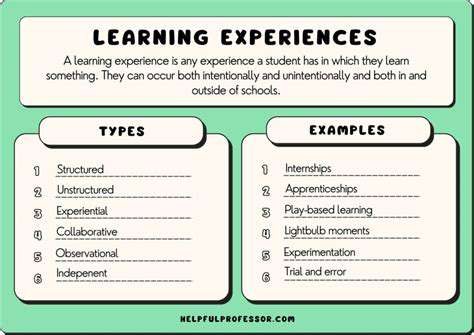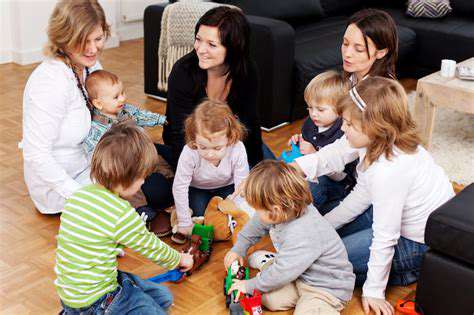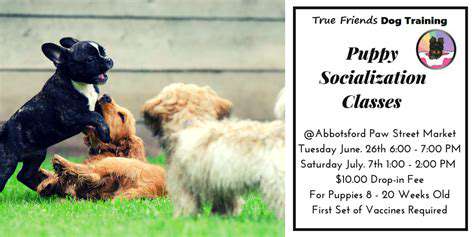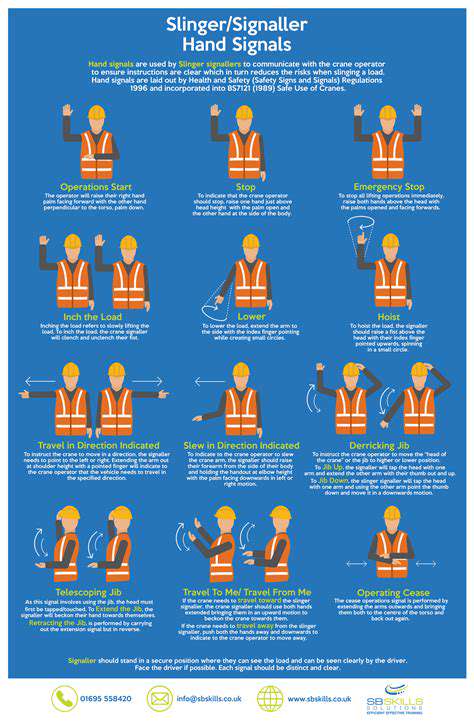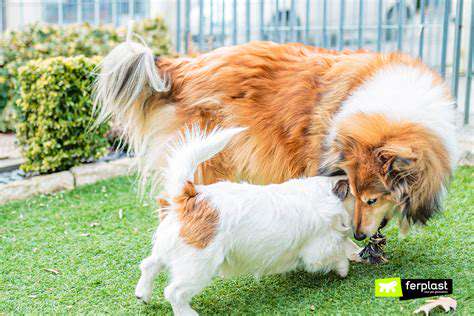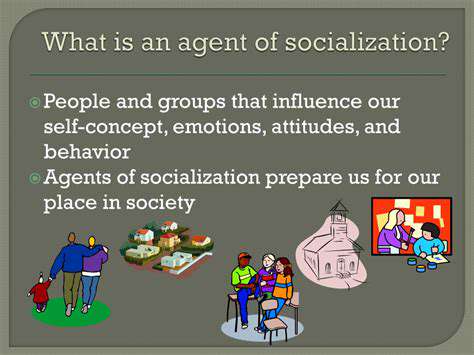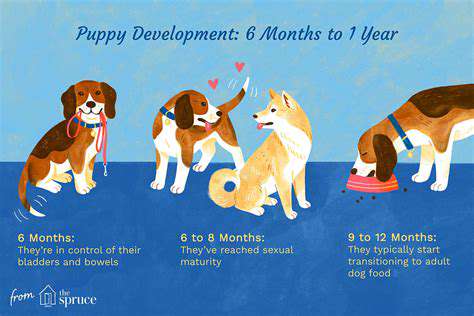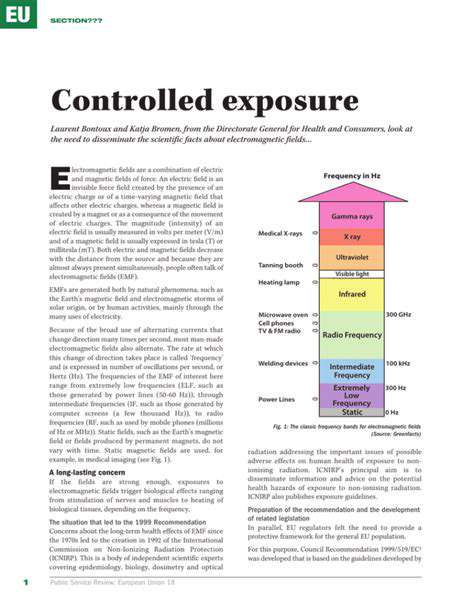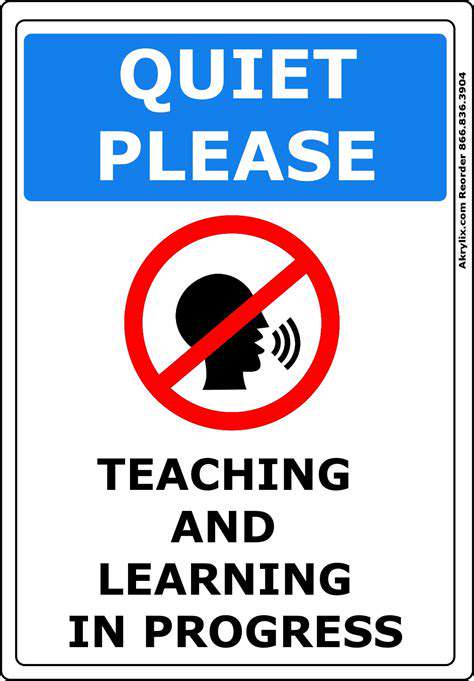Turning Playtime into Training Time: Incorporating Sit, Lie Down, and Stay
Mastering the Sit Command: A Step-by-Step Approach
Understanding the Fundamentals
Before diving into the sit command, it's crucial to establish a strong foundation of positive reinforcement training. This involves understanding your dog's body language, recognizing their cues for engagement and motivation, and choosing appropriate rewards. Positive reinforcement, rather than punishment, builds trust and a positive learning environment, which is essential for long-term success and a happy training experience for both you and your canine companion. Knowing your dog's personality and preferred rewards will streamline the training process.
Start with simple, engaging exercises, gradually introducing new commands. A consistent training routine lays the groundwork for understanding and strengthens the bond between you and your dog, allowing them to anticipate commands and respond more effectively.
Preparing Your Dog for Success
A well-prepared environment is key to a smooth learning experience. A quiet, distraction-free space dedicated to training sessions will minimize distractions and allow your dog to focus solely on the task at hand. Ensure your dog is well-rested and has had their basic needs met before beginning any training sessions. A hungry dog may be less focused on training, impacting their ability to concentrate and learn effectively. Establishing a routine will also benefit the training process.
Familiarize your dog with the commands and reward system. Use clear and consistent language when giving instructions, so that your dog understands the command's meaning and purpose. This sets a foundation for future commands and ensures that your dog understands what is expected of them.
Luring the Sit
Using a treat, lure your dog's nose towards the ground in a downward motion. As their nose follows the treat, their rear end will naturally lower into a sitting position. Maintain the treat close to their nose and slightly in front of their body. The slight movement of the treat will help your dog move into the desired position without overwhelming them.
Simultaneously, use a verbal cue, such as sit, as they move into the sitting position. This helps associate the word with the action, reinforcing the command and the desired response. Consistency in verbal cues and physical guidance during this phase helps your dog establish a clearer understanding of the command.
Establishing the Sit Command
Once your dog consistently sits when lured, begin fading the lure. Keep your treat close by, but don't move it as much. With repeated practice, your dog will start anticipating the sit command, and the lure will be less necessary. Your dog may start to anticipate the command with a certain body position or behavior.
Reward your dog immediately after they assume the sitting position. This positive reinforcement solidifies the connection between the command and the desired behavior. Maintaining consistent rewards will reinforce the learning process and build a strong connection between you and your dog.
Shaping the Sit Position
As your dog becomes more proficient, begin to gradually reduce the physical movement of the lure until it's entirely eliminated. As the dog becomes more proficient in recognizing the verbal cue, you can further enhance the training by gradually increasing the distance between you and your dog while maintaining consistent and positive reinforcement.
Gradually increase the duration of the sit. Start with short periods and gradually increase the time your dog holds the sit position. This reinforces the desired behavior and builds on the dog's understanding of the command. Be patient and consistent throughout the training process, praising any progress made.
Reinforcing the Sit
Consistent reinforcement is key to solidifying the sit command. Use praise, treats, and other positive rewards to mark and reinforce correct responses. Reinforcement of good behavior, both verbal and physical, significantly boosts the effectiveness of training. Using high-value treats or toys strategically can further motivate your dog and keep them engaged in the training sessions.
Practice in various environments to help your dog generalize the sit command. Introducing distractions gradually will help your dog maintain focus and refine their understanding of the command. This gradual increase in complexity prepares your dog for more challenging situations and solidifies their understanding of the command in varied surroundings. This stage is essential to enhance the effectiveness of the training.
Progressing to Lie Down and Stay: Building on the Foundation
Laying the Groundwork for Stillness
Moving from active play to periods of rest and stillness is a crucial developmental step for children. It allows them to process the energy they've expended during their active playtime. This period of quiet, whether it's lying down or simply resting, helps their bodies and minds recover and prepare for future activities. Encouraging a shift from boisterous play to more relaxed states, like lying down, teaches children valuable self-regulation skills, a cornerstone of emotional intelligence, and significantly contributes to their overall well-being.
Understanding that this shift isn't a sudden transition is essential. It requires a gradual introduction and gradual acceptance of stillness, starting with brief periods of quiet time. Parents and caregivers can guide this transition through modeling and creating a supportive environment. This could involve activities like story time, quiet play with soft toys, or simply engaging in calm conversations. Creating a designated rest corner or quiet space can reinforce the concept of stillness as a positive and valuable part of their routine.
Cultivating Stay and Patience
The ability to stay in one place, focus on a task, or simply remain still, while seemingly simple, is a complex skill that requires practice and reinforcement. This stay component is essential for both social interactions and academic settings. Learning to remain engaged with a task, even when it’s challenging, develops concentration and focus. It also helps children learn to manage their impulses and resist distractions. This patience fosters an essential quality that will serve them throughout their lives.
Encouraging stay is best achieved through age-appropriate activities and modeling. Quiet activities such as drawing, coloring, or simply observing nature can be helpful tools. Providing opportunities to participate in activities requiring focused attention, even short-term ones, progressively introduces the concept of “staying” and staying with a task for a reasonable duration. Ultimately, this cultivates patience and self-control, which are vital life skills essential for future success.
Providing a structured environment where children know what to expect regarding rest and quiet periods is also crucial. Establishing clear routines around these periods will reinforce the concept and help the child develop an understanding of the importance of periods of both rest and play.
Patience and perseverance, cultivated through consistent practice, play a key role in promoting calmness, self-control, and eventually, mastery over their own bodies and minds.
Reinforcing Good Habits: Making Obedience a Lifelong Skill

Understanding the Importance of Habit Formation
Habits are the foundation upon which we build our daily routines. When we establish a set of Positive Habits, we create a structure for our lives that can lead to greater success and fulfillment. By recognizing the role of habits in our overall well-being, we can focus on reinforcing practices that contribute to our long-term goals.
Additionally, the process of habit formation is often linked to psychological principles such as cue-routine-reward cycles. Understanding these cycles allows us to consciously design our environments and schedules to promote good habits, making the desired behaviors more automatic and natural over time.
Strategies for Reinforcing Positive Habits
One effective strategy for reinforcing good habits is to set specific and achievable goals. Breaking down larger objectives into smaller, manageable tasks can significantly increase the likelihood of success. This approach not only makes the goals feel less overwhelming but also provides a sense of accomplishment at each milestone.
Additionally, tracking progress through journaling or using habit-tracking apps can serve as a motivational tool, offering visual confirmation of our efforts and milestones. This method encourages consistency, helping to solidify the behaviors we aim to reinforce.
Staying Accountable and Overcoming Challenges
Accountability is a vital aspect of habit reinforcement. Engaging with a supportive community, whether through friends, family, or online groups, can make a significant difference in maintaining motivation. Sharing our progress and challenges helps to hold ourselves accountable while encouraging one another in the pursuit of our goals.
However, it is essential to acknowledge that setbacks and obstacles are a natural part of the habit formation journey. Learning to overcome these challenges involves developing resilience and adaptability, ensuring that we remain committed to our paths even in the face of difficulties.
Read more about Turning Playtime into Training Time: Incorporating Sit, Lie Down, and Stay
Hot Recommendations
- The Impact of Early Socialization on a Dog's Interaction with Other Animals
- Car Travel and Puppy Socialization: Making the Journey a Positive Experience
- The Importance of Early Environmental Exposure for Puppy Development
- Taking Your Puppy to the Vet: Positive Socialization Strategies
- Making Training a Positive Experience for Your Puppy
- Public Transportation and Puppy Socialization: A Step by Step Guide
- Safe Socialization: Allowing Others to Pet Your Puppy
- Helping a Puppy Who Struggles with "Stay"
- Positive Puppy Interactions: Making Meetings with New Friends Fun
- No Treats Needed? Training Basic Commands with Verbal Praise
